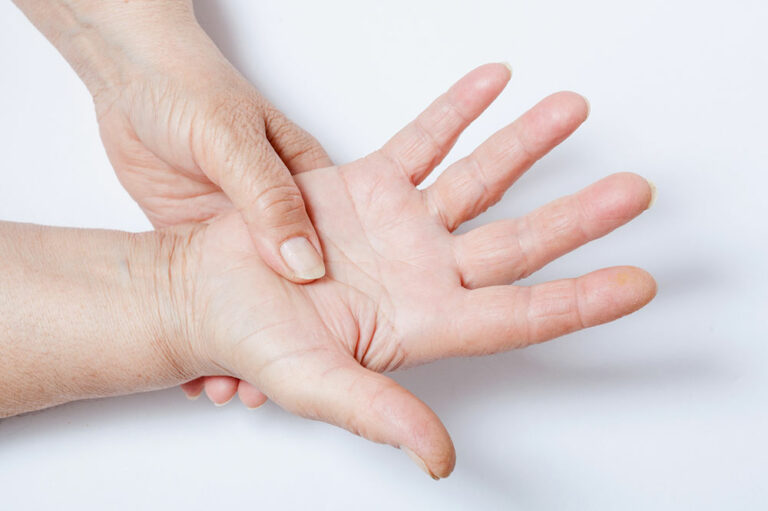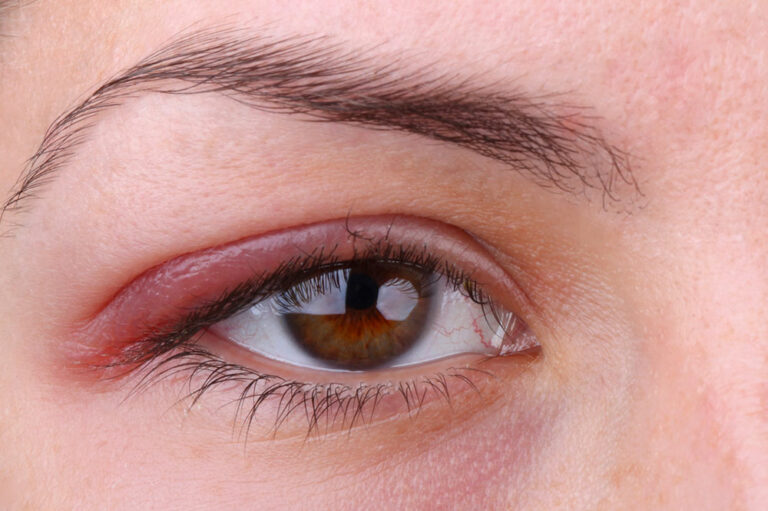
Things you should know about multiple sclerosis
Multiple sclerosis (MS) is a neurological disorder that affects the central nervous system (CNS). Due to this disorder, your immune system attacks myelin, which is the protective sheath covering the nerve fibers. As a result, communication between your brain and body is hampered. Causes of multiple sclerosis The exact cause of multiple sclerosis is still uncertain. However, some factors that cause this disorder are as follows: Immune system If the immune system is compromised, it may attack the CNS. The myelin protective sheath is affected, thereby disrupting the functioning of your brain, resulting in multiple sclerosis. Infection Certain viruses and bacteria can cause multiple sclerosis. Some viruses cause inflammation that breaks down the myelin, triggering multiple sclerosis. It is possible that brain-cell-like bacteria and viruses can cause the immune system to erroneously identify normal cells as foreign cells, thereby destroying them. Some of the viruses and bacteria that can cause multiple sclerosis include Epstein-Barr virus, measles viruses, and human herpesvirus-6 causing disorders like roseola. Genetics One can be highly susceptible to multiple sclerosis if one has a family history of this disorder. The possibility of one developing this disorder in such instances increases by 2.5% to 5% in the country.
Read More... 

















